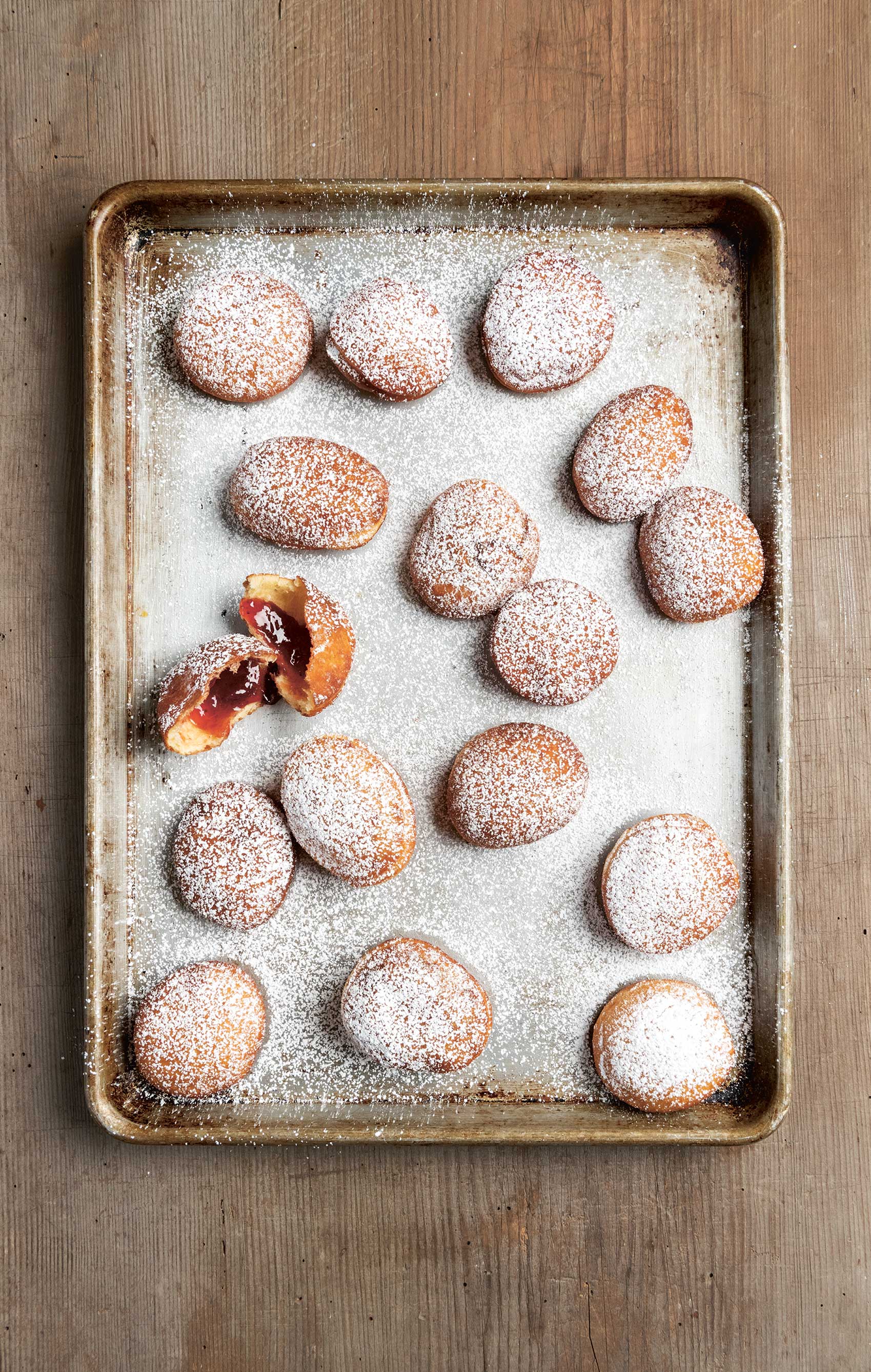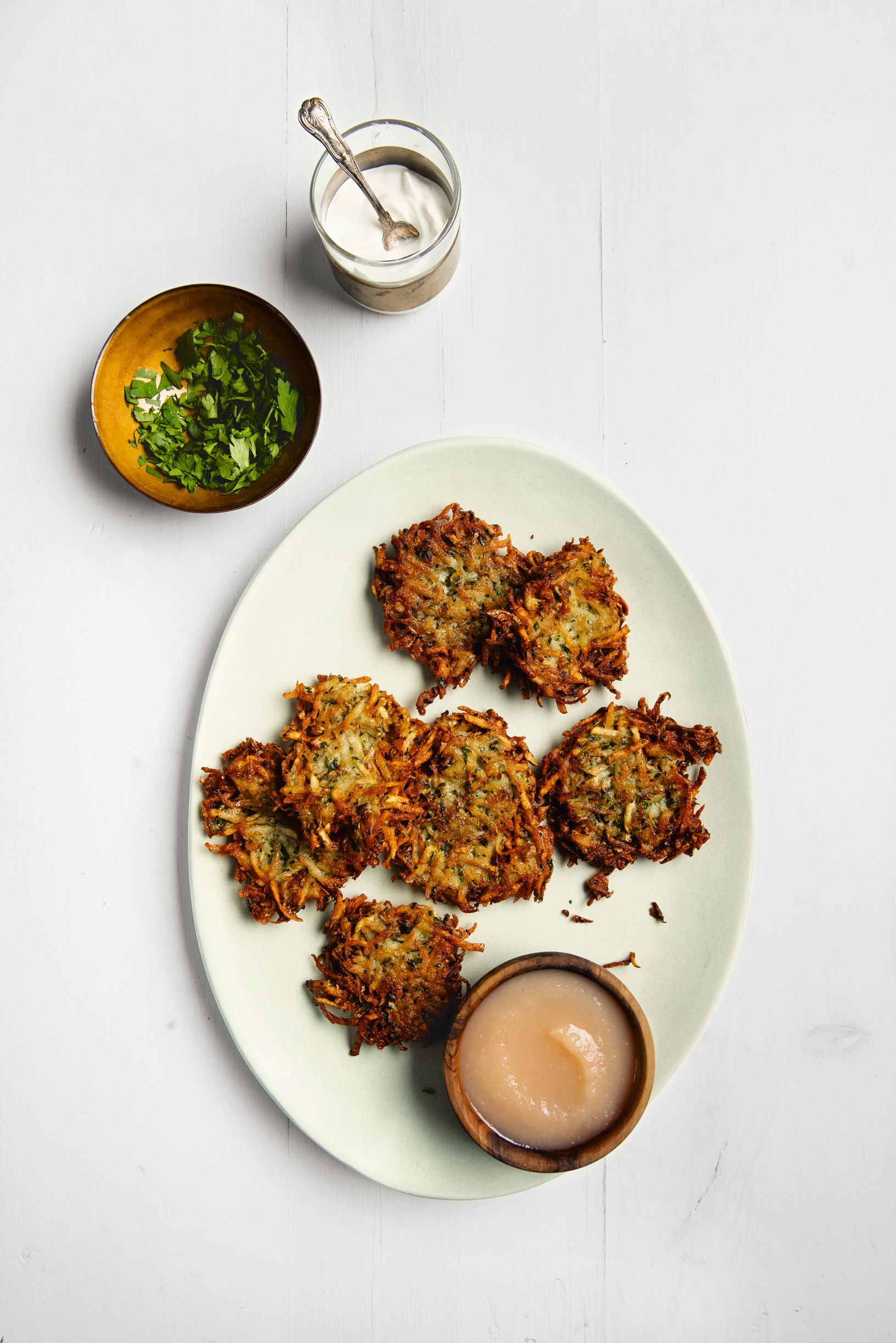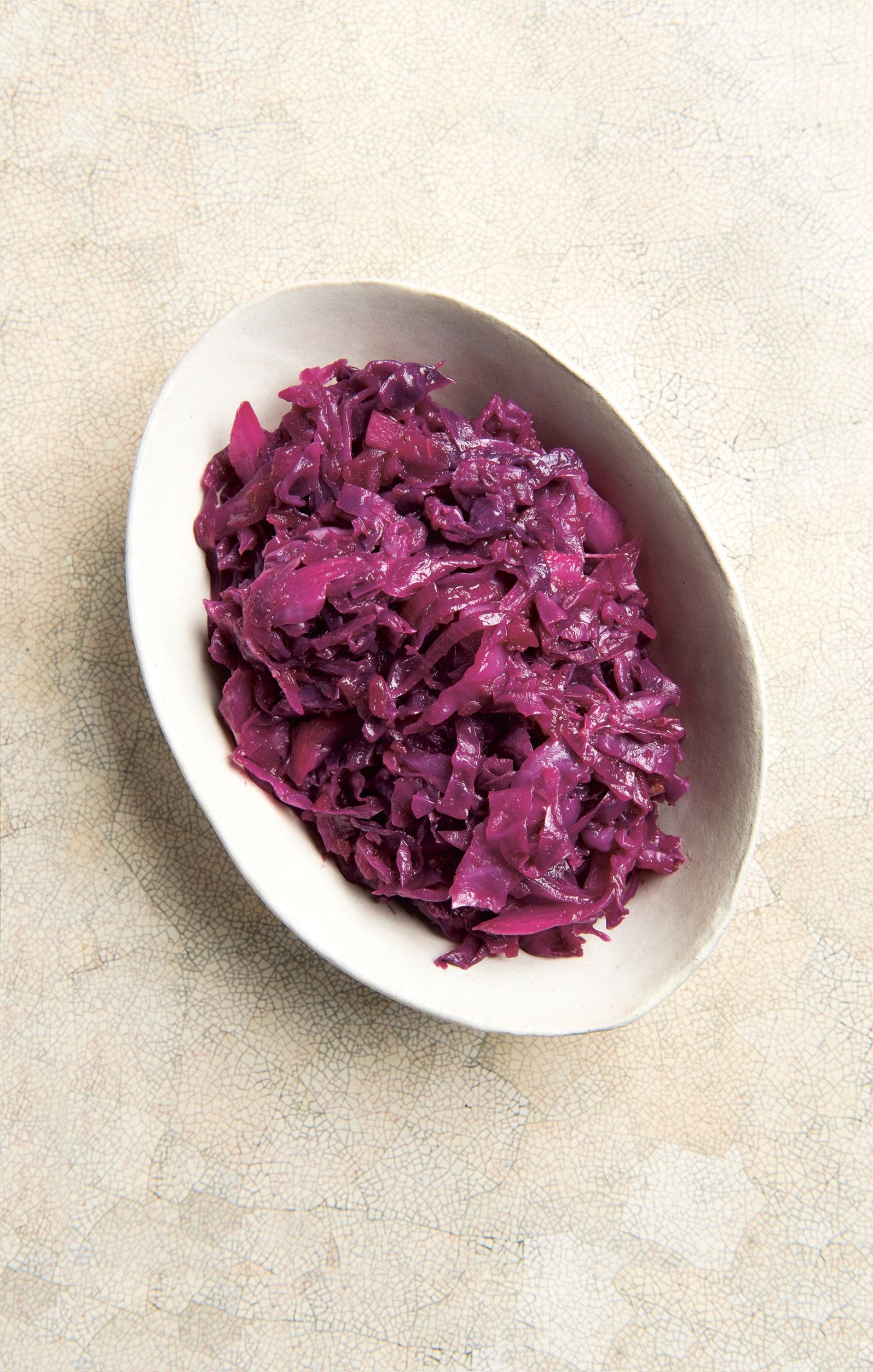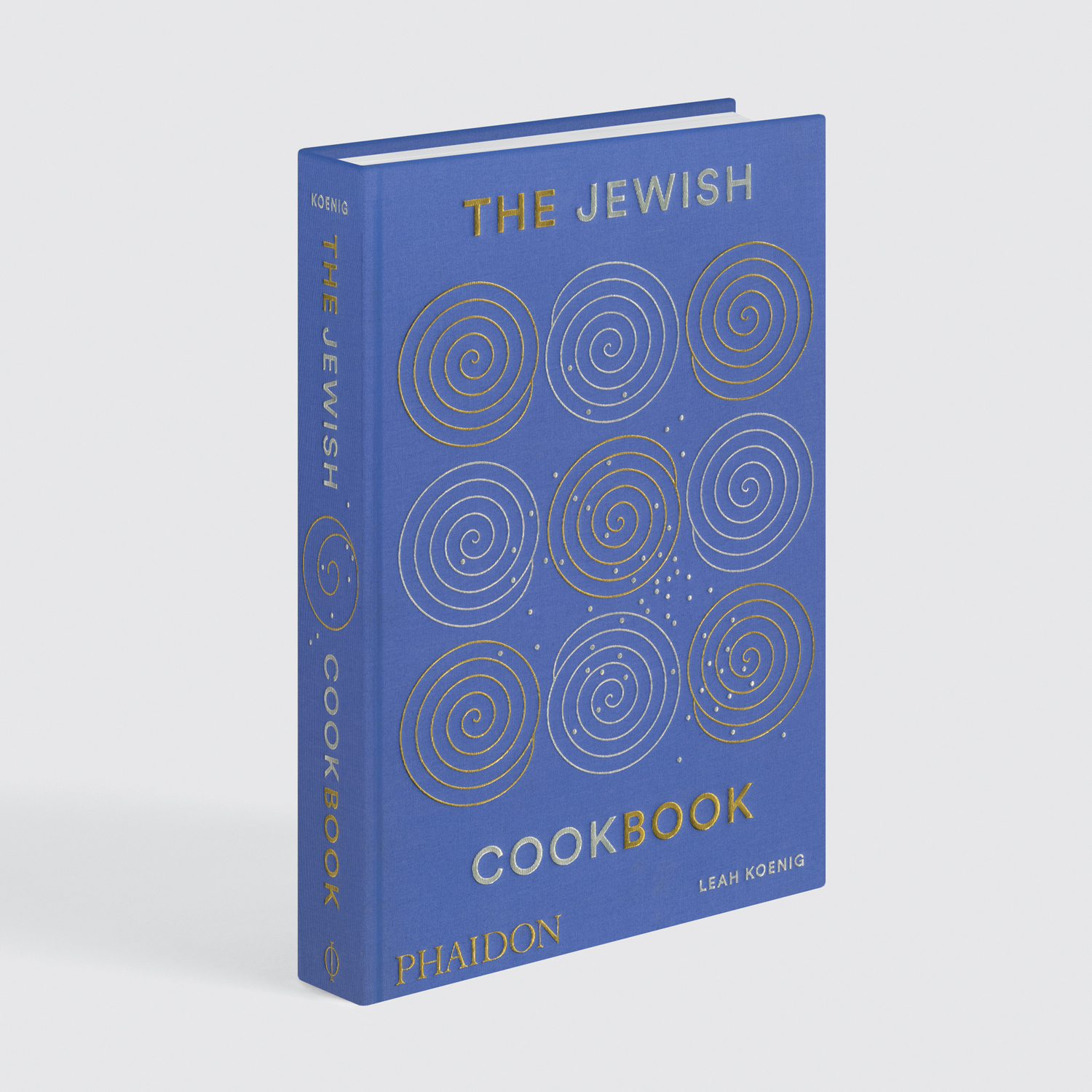
A Jew-ish guide to Jewish food: Hanukkah
You don’t need to be Jewish to enjoy the great recipes associated with this Festival of Lights
To those outside the Jewish faith, Hanukkah is sometimes characterised as the Jewish Christmas. However, as the author, cook and authority on Jewish culture, Leah Koenig writes in The Jewish Cookbook, the facts are a litle more complicated.
“Hanukkah, also known as the Festival of Lights, honors the rededication of the Temple in Jerusalem after the Maccabees (a small Judean army) recaptured it from the ancient Greeks,” she writes. “In the story, the Maccabees found only enough oil in the Temple’s ruins to light its menorah for one night, but the light miraculously lasted for eight nights.”
That eight-night celebration falls 22 - 30 December this year, during which time observant communities around the world will cook up a wide variety of festive dishes. care to join them? Here’s a few treats featured in our new book.
Potato latkes “Potatoes, which are a New World ingredient, did not enjoy widespread use in Eastern Europe until the nineteenth century,” writes Koenig. “Once the starchy tubers caught on, they were embraced with gusto, and today these potato fritters, with tender, savory insides and crackly crusts, are the undisputed king of Ashkenazi Hanukkah celebrations.”

Hanukka fried chicken “For Italian Jews, fried chicken called pollo fritto per Hanukka is a hallmark of the Hanukkah table—an edible commemoration of the winter holiday’s ‘miracle of oil’,” explains Koenig. Her version, included in The Jewish Cookbook has all the components of great fried chicken, she says: “a satisfyingly crunchy crust, savory flavor, and tender meat within.”
Braised red cabbage and apple “This dish of sweet and tangy braised red cabbage with apples is a particularly welcome and warming during the colder months,” Leah writes. “German Jews traditionally serve the dish, called rotkraut (literally “red cabbage”), on Rosh Hashanah[Jewish New Year, which falls at the end of Sept/beginning of Oct], though it would also perfectly complement Potato Latkes on Hanukkah.

Gulab Jamun You may associate this dessert with Indian restaurants, rather than Jewish cuisine, however, Koenig explains that “India’s Bene Israel Jewish community traditionally serves these spherical powdered-milk fritters, which resemble doughnut holes, on Hanukkah. Their gently tangy flavor is sweetened by a long soak in fragrant sugar syrup. The dish’s name coarsely translates from Hindi to 'rose berries,' and points to the inclusion of fragrant rose water in the syrup.”
Sufganiyot (top) “In Israel, no Hanukkah celebration is complete without sufganiyot—puffy yeast doughnuts that are filled with jam,” says Koenig. “Originally brought to Israel by Polish Jews (who called them ponchik), bakeries across the country now overflow with the deep-fried pastries in the weeks leading up to the Festival of Lights.”

To learn how to cook all these dishes, as well as much more besides, get a copy of The Jewish Cookbook here. It's an inspiring celebration of the diversity and breadth of this venerable culinary tradition. A true fusion cuisine, Jewish food evolves constantly to reflect the changing geographies and ingredients of its cooks.
Featuring more than 400 home-cooking recipes for everyday and holiday foods from the Middle East to the Americas, Europe, Asia, and Africa - as well as contemporary interpretations by renowned chefs including Yotam Ottolenghi, Michael Solomonov, and Alex Raij - this definitive compendium of Jewish cuisine introduces readers to recipes and culinary traditions from Jewish communities the world over, and is perfect for anyone looking to add international tastes to their table.